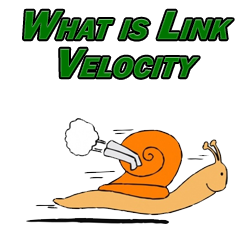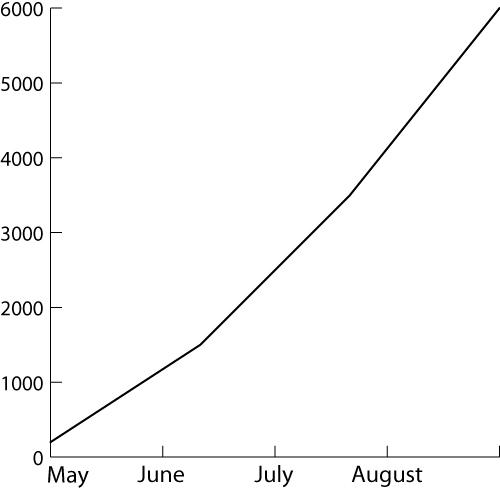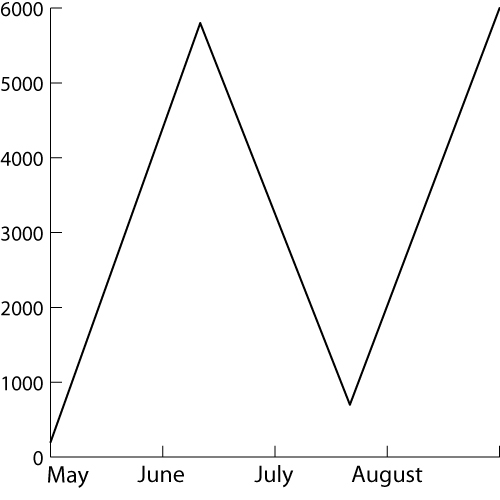Link velocity is a term which is used to describe the rate at which you build links to your site/a specific URL. It’s imperative these days that you consider your link velocity because these days it’s imperative that your link velocity appear natural for the page you’re building links for so it can grow and be rewarded by Google with a good ranking. Let’s talk about what is link velocity exactly and why it matters to your SEO efforts.
What is Link Velocity
Take a look at this diagram showing poor or unnatural link velocity:
The links which this site receives each month are jumping and behaving wildly. It is apparent from this diagram that this site’s webmasters or SEOer is purchasing links in bulk, building them in bulk using automated link spam tools, or some combination of the two. This person is more liable to find themselves experiencing the Google sandbox effect rather than ranking well (or at all) in the SERPs. You should never look at your link profile and see substantial jumps in the number of links which you receive from one month to the next as it looks suspicious/unnatural and Google doesn’t like to see this.
Now let’s take a look at a diagram showing good or natural link velocity :
:
Note how it’s a steady climb, showing this site is gaining more and more links each month. When we think of how a white hat SEO site receives links, it starts out slow and generally will gain more and more links each month. This is because the webmaster generally isn’t building an obscene number of their own links but rather is creating good content and putting it out there for other webmasters to find so that those webmasters will link to it of their own volition.
As this site becomes more well known amongst other webmasters and internet users it will continue to receive more links until the point where it begins to really snowball.
If you ever see a substantial shift in the amount of links which you receive from one month to the next yet you’re not using spammy link building tools/purchasing links and you’re also not slacking off in the promotion of your site and in creating good content, it likely means that one of your traffic sources has dried up and can set off a warning flag, in which case it’s time to check out your Google Analytics to see which source of traffic was affected so you can get to the root of the issue.

